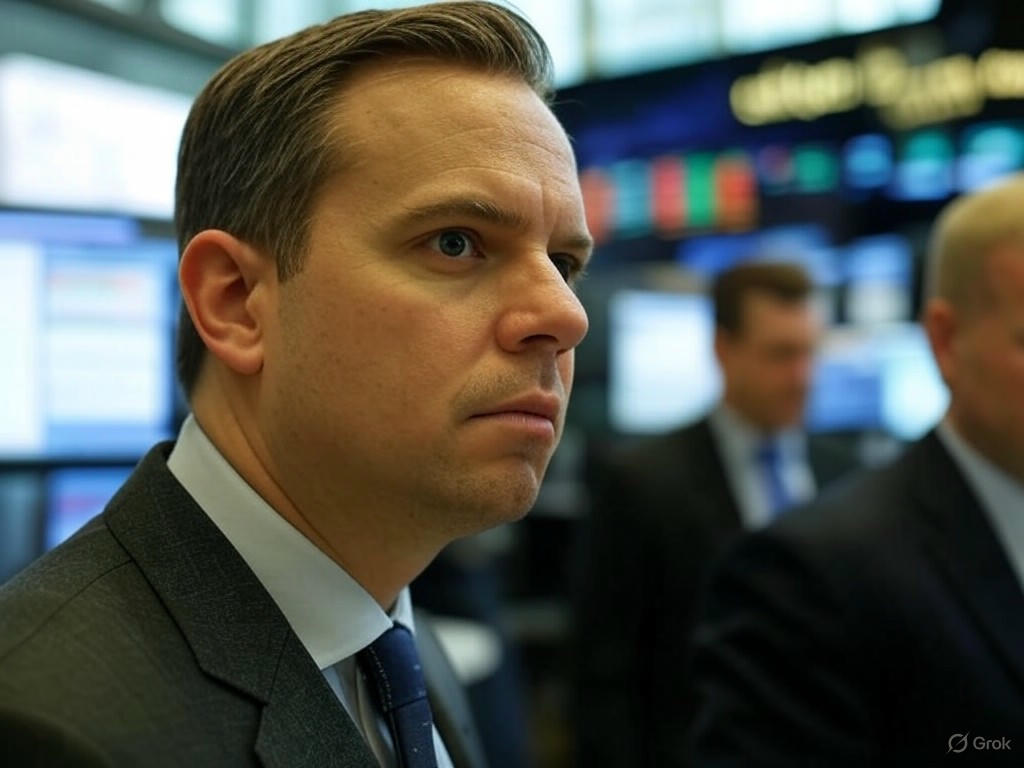In a stunning turn of events, Circle, a leading fintech company, has witnessed an unprecedented surge in its stock value, captivating the attention of investors and market analysts alike. The dramatic rise, often described as parabolic, comes on the heels of a surprising development in Washington, D.C., where policymakers unveiled a game-changing stance that appears to favor the digital finance sector. This unexpected nod from Capitol Hill has sent waves through the financial world, propelling Circle into the spotlight as a key player in the evolving landscape of cryptocurrency and blockchain technology.
The catalyst for this meteoric rise seems to stem from whispers of potential regulatory clarity surrounding stablecoins, a domain where Circle has established itself as a frontrunner with its widely used USDC token. For years, the fintech industry has grappled with uncertainty over how governments would approach digital currencies. However, recent discussions among lawmakers suggest a willingness to create a framework that could legitimize and streamline the use of stablecoins in mainstream finance. While no official policy has been enacted as of yet, the mere hint of supportive legislation has ignited optimism among investors, driving Circle’s stock to new heights. Market watchers note that trading volumes spiked dramatically in the days following the Capitol Hill buzz, with shares climbing at a pace rarely seen in the sector.
Circle’s journey to this point has not been without challenges. The company, which aims to bridge traditional finance with the burgeoning world of decentralized systems, has faced scrutiny over transparency and compliance in the past. Yet, its persistent focus on innovation and strategic partnerships has positioned it as a trusted name among institutions and individual users alike. The current market frenzy underscores a broader trend: growing confidence in digital assets as viable tools for global transactions. Analysts suggest that if the rumored regulatory support materializes, Circle could solidify its dominance, potentially reshaping how money moves in the digital age.
Beyond the immediate financial implications, this development raises larger questions about the future of finance. Could this be the tipping point for widespread adoption of blockchain-based solutions? Some experts believe that a favorable stance from regulators might encourage other fintech firms to accelerate their offerings, fostering a more competitive and dynamic market. Others caution that premature enthusiasm could lead to volatility if the anticipated policies fail to materialize or come with unforeseen restrictions.
As the dust settles on this remarkable chapter for Circle, all eyes remain on Washington for further clarity. Investors are bracing for what could be a defining moment not just for the company, but for the entire digital currency ecosystem. For now, Circle rides the wave of optimism, its stock soaring as a symbol of potential in an industry on the cusp of transformation. Whether this momentum holds will depend on the delicate dance between innovation and regulation in the months ahead.
